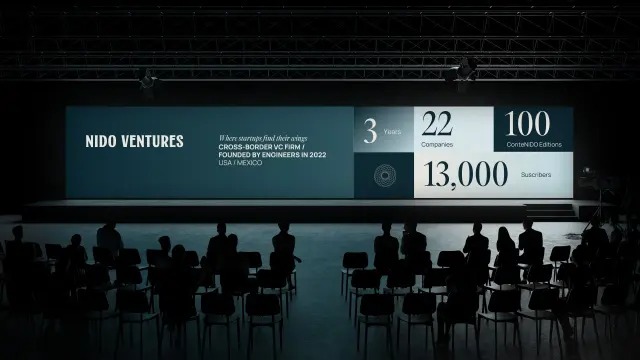Zero Trust Architecture is becoming the gold standard for cybersecurity as organizations prioritize strict identity verification across all access points.
Zero Trust Architecture Gains Momentum Amid Rising Cyber Threats
In 2025, cybersecurity leaders are doubling down on a transformative approach known as Zero Trust Architecture (ZTA). With increasing cyberattacks, data breaches, and insider threats, the traditional security model of trusting users inside the network perimeter has become obsolete.
Zero Trust, as the name implies, assumes no implicit trust—regardless of whether a user or device is inside or outside the network. Instead, every request is verified continuously using stringent authentication, authorization, and encryption protocols.
What Is Zero Trust?
Zero Trust is a security concept that requires all users, devices, and applications to be authenticated and continuously validated before gaining or maintaining access to resources.
Key principles include:
-
Never trust, always verify
-
Least privilege access
-
Micro-segmentation
-
Continuous monitoring and analytics
Why Zero Trust Is Needed Now More Than Ever
-
Rise in Remote Work: The hybrid work model has blurred network boundaries.
-
Cloud Proliferation: Organizations are operating in multi-cloud environments.
-
Sophisticated Threats: Nation-state actors, ransomware gangs, and insider threats are more advanced.
-
Compliance: Regulatory mandates like CISA, GDPR, and HIPAA emphasize identity and access control.
Core Components of a Zero Trust Model
Identity and Access Management (IAM)
Ensures users are who they say they are using multi-factor authentication (MFA), biometrics, and behavioral analysis.
Device Security Posture
Verifies that the connecting device is secure, updated, and compliant.
Least Privilege Access Control
Users and applications are granted only the access they need to perform their tasks.
Network Micro-Segmentation
Limits lateral movement by segmenting access between workloads and services.
Continuous Monitoring
Logs every access attempt and applies AI to detect anomalies in real time.
Industries Adopting Zero Trust in 2025
-
Finance: Protecting digital banking platforms from fraud and insider threats.
-
Healthcare: Guarding sensitive medical records and securing IoT medical devices.
-
Government: Federal agencies are aligning with the Biden Administration’s executive order on cybersecurity.
-
Retail: Preventing data leaks and unauthorized access to POS systems.
Benefits of Zero Trust Architecture
-
Enhanced Data Protection: Prevents unauthorized access to critical data.
-
Reduced Attack Surface: Limits access pathways for hackers.
-
Improved Compliance: Aligns with evolving regulatory frameworks.
-
Adaptive Security Posture: Responds dynamically to changing threats.
Challenges in Implementing Zero Trust
-
Complexity: Full implementation requires careful planning across users, devices, and networks.
-
Cost: Upfront investments in IAM, endpoint detection, and network monitoring tools.
-
Change Management: Requires organizational culture shifts and staff retraining.
-
Integration: Ensuring seamless function with legacy systems and cloud-native services.
Real-World Examples
-
Google BeyondCorp: An internal Zero Trust initiative used to secure remote work access without VPNs.
-
Microsoft Zero Trust Maturity Model: Guiding enterprises in adopting identity-first security strategies.
-
U.S. Department of Defense: Investing heavily in micro-segmentation and endpoint detection in critical defense systems.
Best Practices for Building Zero Trust
Start With Identity: Centralize IAM and enforce strong authentication methods.
Map Access: Identify how users access resources and apply least privilege.
Enforce Device Health Checks: Only allow secure, compliant devices.
Segment and Isolate: Use VLANs or software-defined perimeters (SDPs).
Invest in Monitoring Tools: AI-driven analytics help detect suspicious behavior.
Educate Users: Train employees on the importance of identity and secure access.
The Future of Zero Trust
-
AI-Powered Policy Enforcement: Real-time risk-based access decisions.
-
Zero Trust as-a-Service (ZTaaS): Managed Zero Trust platforms delivered by cloud providers.
-
Integration With Secure Access Service Edge (SASE): Blending Zero Trust with SD-WAN and cloud security.
-
Post-Quantum Zero Trust: Preparing identity and encryption for quantum computing risks.
Conclusion
Zero Trust is not a one-size-fits-all solution—it’s a strategic framework for security transformation. In the evolving threat landscape of 2025, it offers the proactive, adaptive defense posture that organizations need. By eliminating implicit trust, Zero Trust lays the foundation for resilient, future-proof cybersecurity.






























